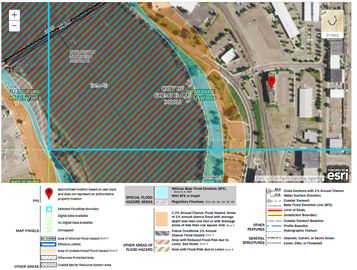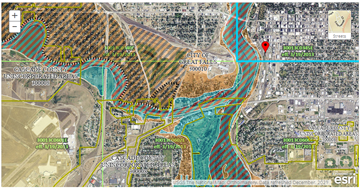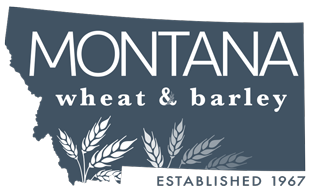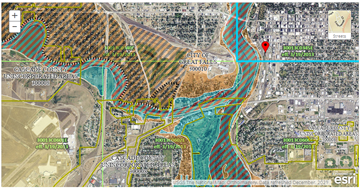Jason’s Weather Blog
For this month’s weather blog, I decided to once again take an educational approach and chat with you about the phrase “100-year flood”, or any year flood year for that matter. Needless to say, this term has become a bit of a buzzword following the recent flooding throughout Southern Montana. For simplicity, let’s focus on a “100-year flood” with the understanding that there are other flood stages, 200-year, 500-year, and so on.
Upon hearing the phrase “100-year flood, people often think that a flood of this scale can only happen once every 100 years. I hate to break it to you but that couldn’t be further from the truth. If you were to ask a hydrologist about this term, you’d likely get a response of “there is a 1% Annual Exceedance Probability (AEP)”. All this means is that there is a 1% chance of a flood of this scale happening each year. Think of it this way, when rolling a die, you have a one in six chance of landing on any given number. Just because our last roll was let say a one; doesn’t mean that your next roll won’t also be the number one.
To further understanding this term we also must examine the flood plain in a given area. My goal here is to keep your attention so I’m not going to get too bogged down with the statistical details that go into making up a floodplain. Ultimately, it consists of historical river data and societal risk tolerance. All this confusing phrase is trying to tell us is that a “500-year flood” would have higher water levels and a greater impact compared to a “100-year flood”.
You’ve likely concluded by now that the term “100-year flood” can be, and often is taken out of context, in turn leaving people with a false sense of security. The take home message here is that a “100-Year Flood” could potentially happen every year, not only once every 100 years. And the chances of a “500-year flood” occurring are identical to that of a “100-year flood”; 1% on any given year.
If you live in a flood plain or anywhere for that matter, I highly recommend that you check out the FEMA flood map site. You can find at https://msc.fema.gov/portal/home Below are a few images from this site. I used the location of the MWBC office in Great Falls as a reference.



